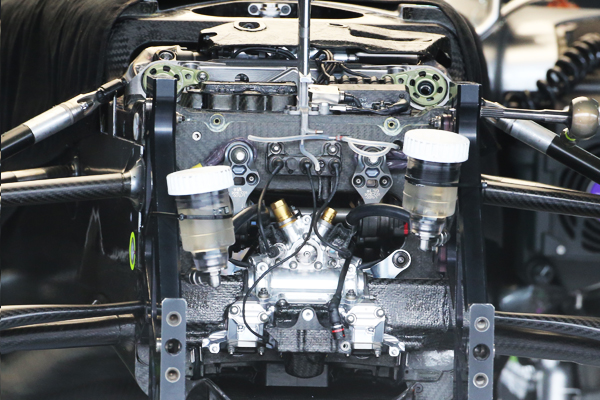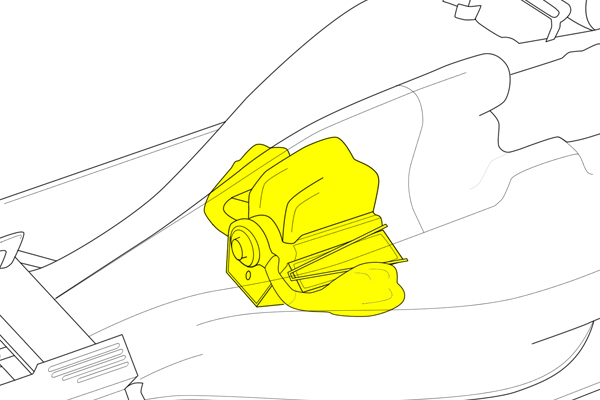
©XPB Images
In 2009, there was no windtunnel and CFD limit at all, whereas 2017 cars will have been designed under many restrictions. Do you then expect to see similar concepts across the grid?
No, it is such a big rule change that we will see very different solutions on the cars. From a fan’s point of view, 2017 will be really interesting because technically the cars could be quite different. There could be some very big differences actually.
2017 regulations aim to make the cars faster (up to five seconds per lap). Will they be quicker everywhere?
Cars will be faster in the corners. On the straights, they could be a little bit slower, because of the extra drag. I am sure all teams have looked at how much downforce and drag they want to target, and you can effectively move up and down an efficiency curve and you have to pick up a point to develop around. Different teams may be developing slightly different points, but I think for most teams it will be a little bit slower on the straight because of the drag created by the bigger tyres and the wider track of the car.

What will be the increase in downforce according to your simulations?
All teams are performing different amounts [when they] are going through regulations… Well, let’s say towards 20 %.
Do you expect change in downforce distribution between the front and the rear of the car?
Probably not. Obviously, the teams have freedom in how they will set the front wing, but it is really going to be driven by how the tyres will behave. If the tyres have the same front/rear cornering stiffnesses and [brake] balances we have got now, then we will have similar aero balance. If we end up with a rear tyre particularly stronger and a front one a bit less, the aero balance will move.

©XPB & Pirelli







